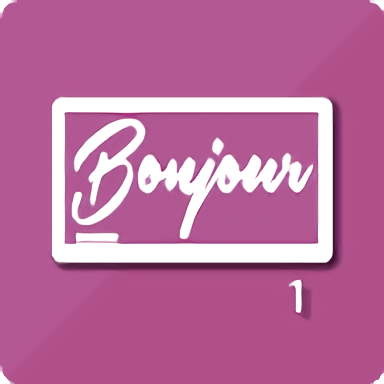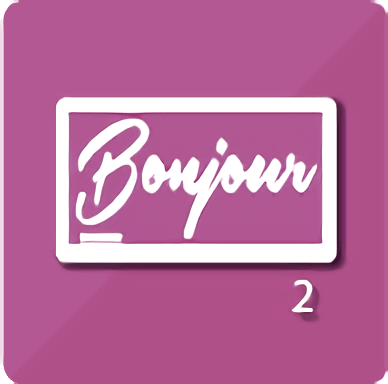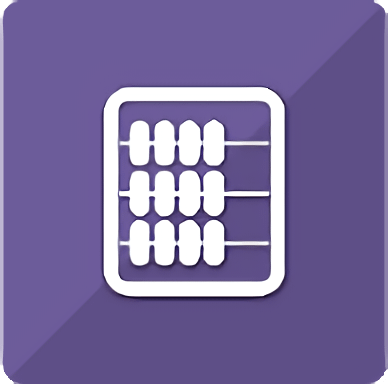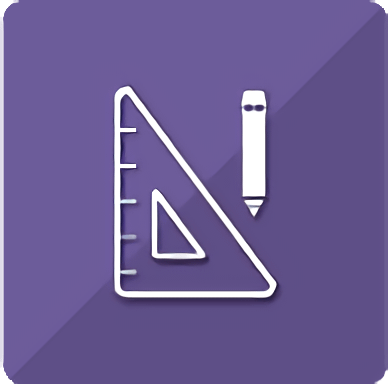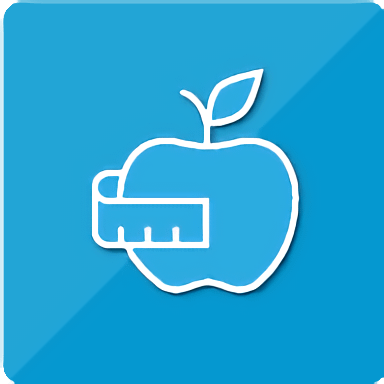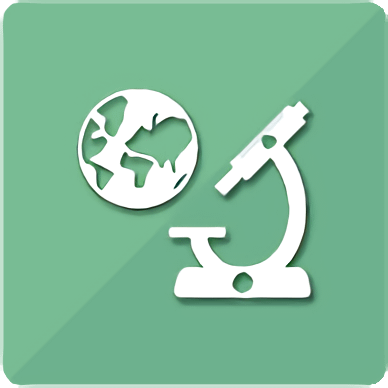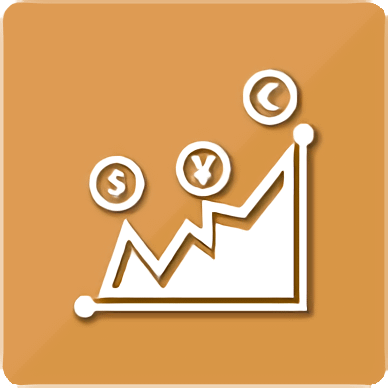French 1 [Competency Based] (2nd semester)
$250.00Course Description
French 1 is a comprehensive and engaging introduction to French language and culture. After mastering the French alphabet and numbers, students study French culture, events, and people. By the end of the course, students have a foundation in the study of French, are able to engage in French conversation, and have built a solid foundation for further French language study.
Course Breakdown
Adjective agreement
Regular -ir verbs
The imperative
à + the definite article
Ce qui and ce que
Spelling-change verbs
The passé composé verb tense
Devoir Imperfect verb tense
Imperfect versus passé composé
Connaître
C'est versus il/elle est
Qui and que
Review of previously covered vocabulary and concepts
Additional vocabulary
Course Goals
Create sentences with regular and irregular verbs in the passé composé.
Develop sentences with reflexive verbs.
Describe vacation plans, exercise routines, and satisfaction or dissatisfaction with various events.
Design a variety of questions, including yes/no questions.
Recognize and utilize double object pronouns. Create sentences with the imparfait past tense.
Analyze how to use the imparfait and the passé composé together in the same sentence.
Describe a variety of music, movies, and book genres.
Design sentences with direct and indirect object pronouns.
Describe a variety of animals and vocabulary associated with camping.


